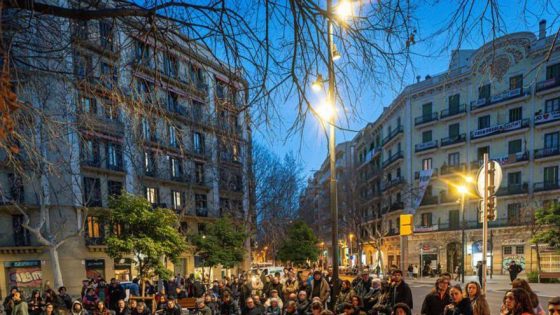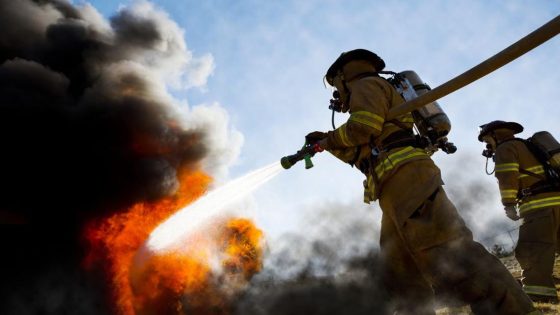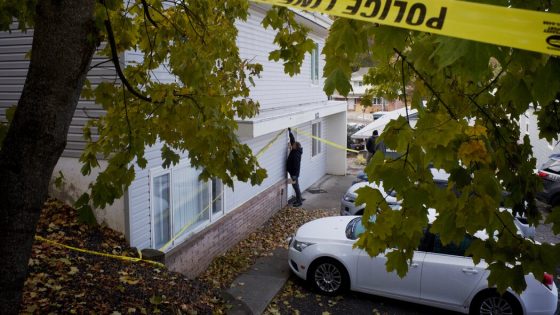A violent clash erupted in Kelapa Gading, Jakarta on February 21, 2025, leaving one man severely injured. The altercation involved two groups fighting over a vacant lot, ignited by a dispute over burning trash. How did a simple disagreement escalate into a bloody confrontation?
- Violent clash between two groups in Jakarta
- Victim M sustained severe head injuries
- Dispute triggered by trash burning incident
- Police and military secured the area
- Two suspects arrested for assault
- Land conflict between occupying groups
Understanding the Violent Clash in Kelapa Gading, Jakarta
What led to this shocking incident in Kelapa Gading? The conflict began when one group was confronted about their trash-burning practices. This seemingly minor issue spiraled into violence, demonstrating how quickly tensions can escalate in urban settings.
Key Facts About the Kelapa Gading Incident
The clash not only resulted in injuries but also raised questions about safety in the community. Here are some key points:
- One man, identified as M, suffered serious head injuries.
- The fight was triggered by a disagreement over burning trash.
- Police and military forces were deployed to manage the situation.
- Two suspects were arrested shortly after the incident.
Background of the Conflict Over Land in Kelapa Gading
Both groups involved in the clash occupied the same vacant lot, which has been a source of contention. This ongoing dispute over land use has created a volatile environment, where minor disagreements can quickly escalate into violence. Understanding the dynamics of this conflict is essential for preventing future incidents.
Police Response and Community Safety Measures
In response to the violence, local police have increased their presence in the area. They are working to ensure the safety of residents and prevent further confrontations. Community leaders are also encouraged to promote dialogue and peaceful resolutions to conflicts.
Implications for Urban Conflict Resolution
This incident in Kelapa Gading highlights the importance of effective communication and conflict resolution strategies in urban communities. As tensions rise, it becomes vital for residents to find constructive ways to address grievances. What steps can communities take to foster a culture of peace?
In conclusion, the violent clash in Kelapa Gading serves as a stark reminder of the potential for conflict in densely populated areas. By focusing on dialogue and understanding, communities can work towards preventing similar incidents in the future.
































